Scuba diving is largely about witnessing beautiful marine life and coral, but as divers, we also want to explore what lost treasure is hidden beneath the waves. For this reason, many people like wreck diving. Unfortunately for beginner divers, the majority of the notable wrecks are located at depths of 30 meters or more and are not appropriate for Open Water divers. This means for largely many parts, wrecks are reserved for the advanced and professionals only. You can always take more courses and get the advanced license. But you can always try some of the easiest wreck diving — like those Bali, Australia, and more. To give you a taste of wreck diving, we’ve produced a list of beginner-friendly, shallow wreck dives from across the world (in no particular order).
Wreck Dive in the SS Yongala, Great Barrier Reef, Australia
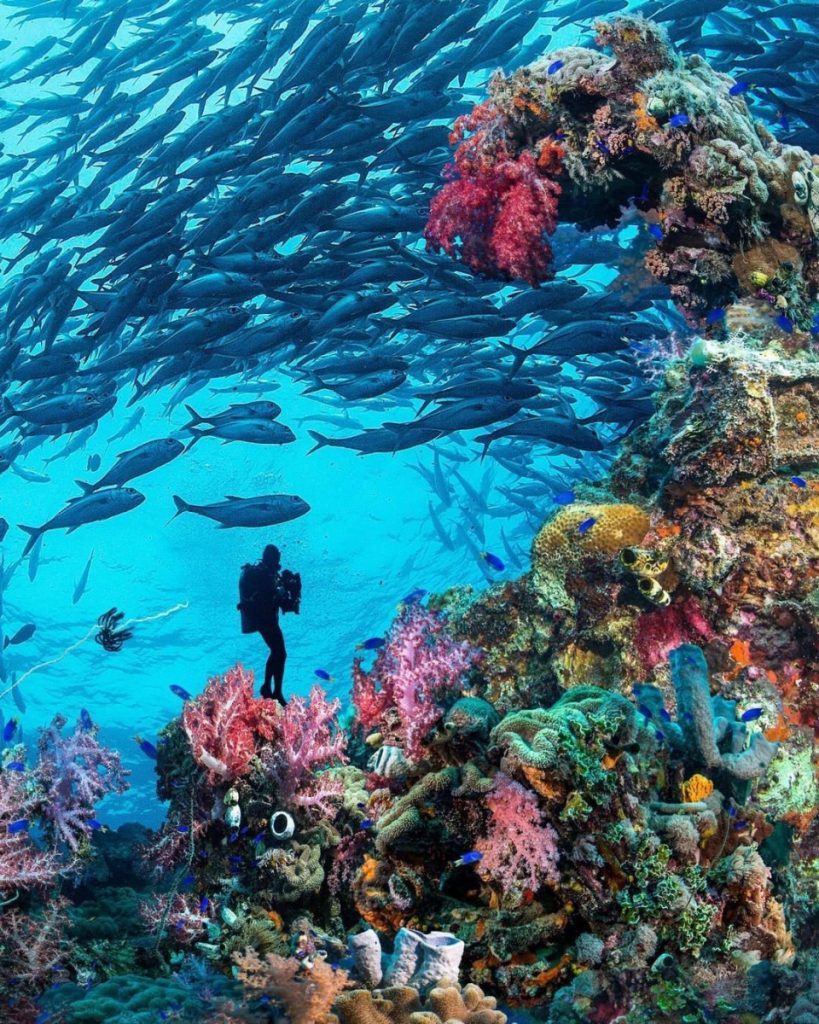
Wreck diving in Australia is a well-kept secret that is one of the best wreck dives in the world. The SS Yongala is as good as wreck diving gets, being in the center of the Great Barrier Reef and only visited by a few Australia liveaboards. Given that she sank in 1911, she is in excellent shape and is carefully protected by the Historic Shipwrecks Act.
You won’t be able to enter this wreck, but there will be enough to see swimming along her 109-meter length. Hard and soft corals cover the wreck, which is surrounded by massive schools of fish. Turtles, sea snakes, bull rays, big groupers, and potentially even bull sharks are likely to be seen if you dive there.
Wreck Diving in the USAT Liberty Tulamben, Bali, Indonesia
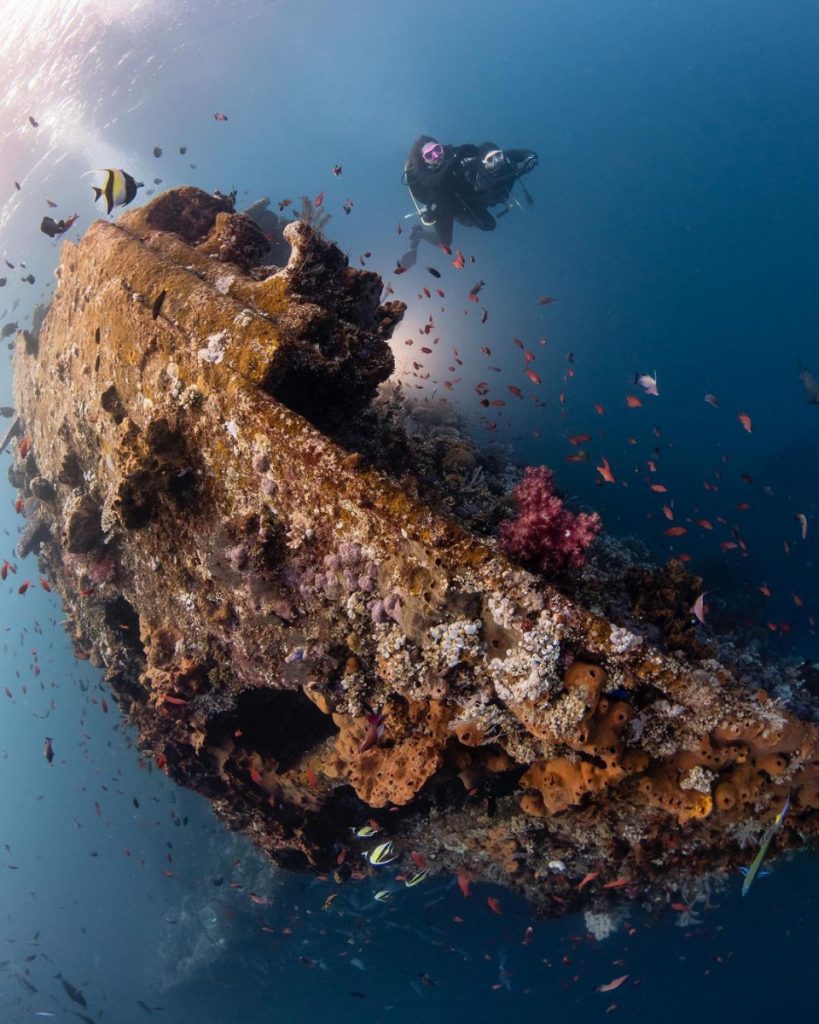
During WWII, the USAT Liberty was a torpedoed American battleship. After Mount Agung erupted in 1963, it was beached for 20 years at Tulamben, Indonesia, before sinking to the ocean below. The wreck is around 130 meters long and is packed with soft coral and water life. It is located not far from the beach, making it easily accessible. You can even walk from the beach and descend to the water there! This Liberty wreck dive in Bali will not be disappointing; the wreck is teeming with very lively, vibrant marine life! You can see eels, surgeonfish, turtles, angelfish, potato cod, barracuda, blacktip sharks, and humphead parrotfish. It’s also a good spot if you’re interested in pelagic.
If you’re lucky, you will meet the rare mola mola while diving in this wreck diving Bali. Keep a watch out for the weapons, anchor chain, and even the toilets, which are all still intact on the wreck.
More Diving & Travelling Stories:
The Price of Scuba Diving in Bali; Is It Worth It?
Wreck Diving in Ship Graveyard, Abu Nuhas, Egypt
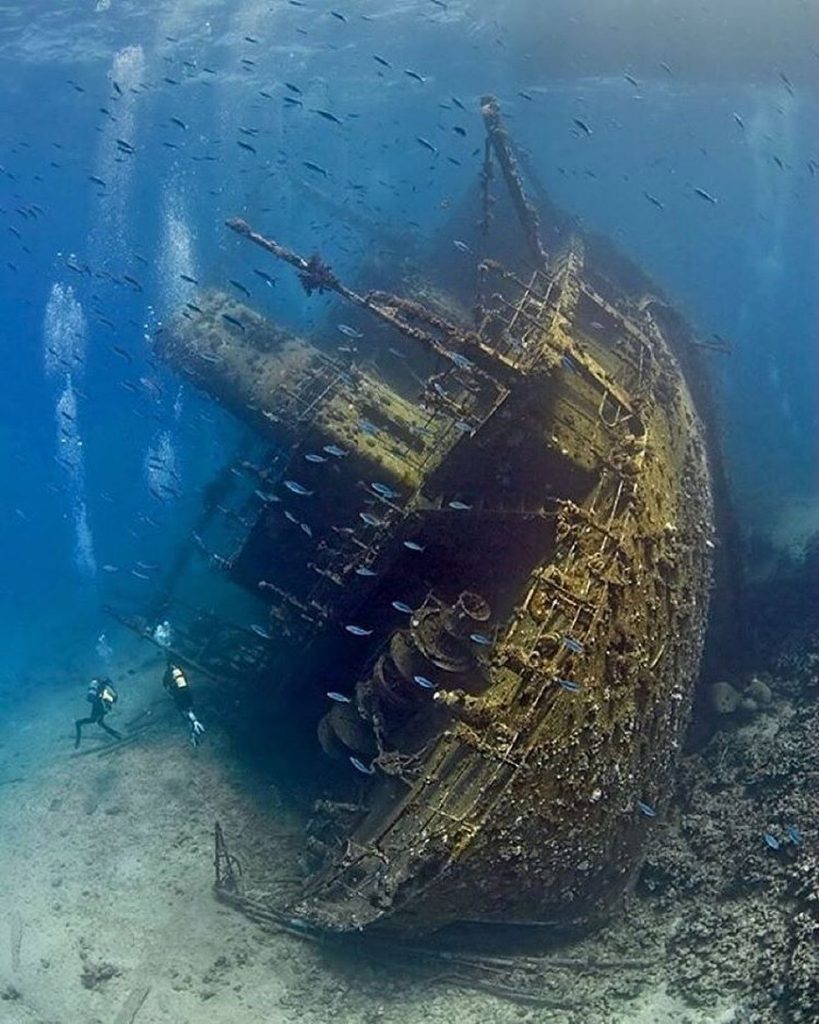
If you’re diving in Egypt, don’t forget to include Abu Nuhas, the’ships graveyard,’ on your diving trip. Five wrecks, including the ancient 1869 Carnatic, can be found on this underwater reef. The Chrisoula K is a true gem of Abu Nuhas, with shallowest places as shallow as 3 meters. With her coral-encrusted exterior and abundant underwater life, this wreck, which sits virtually upright on an open sandy region, is easy to explore and incredibly beautiful.
The USS Kittywake, Grand Cayman, Cayman Islands
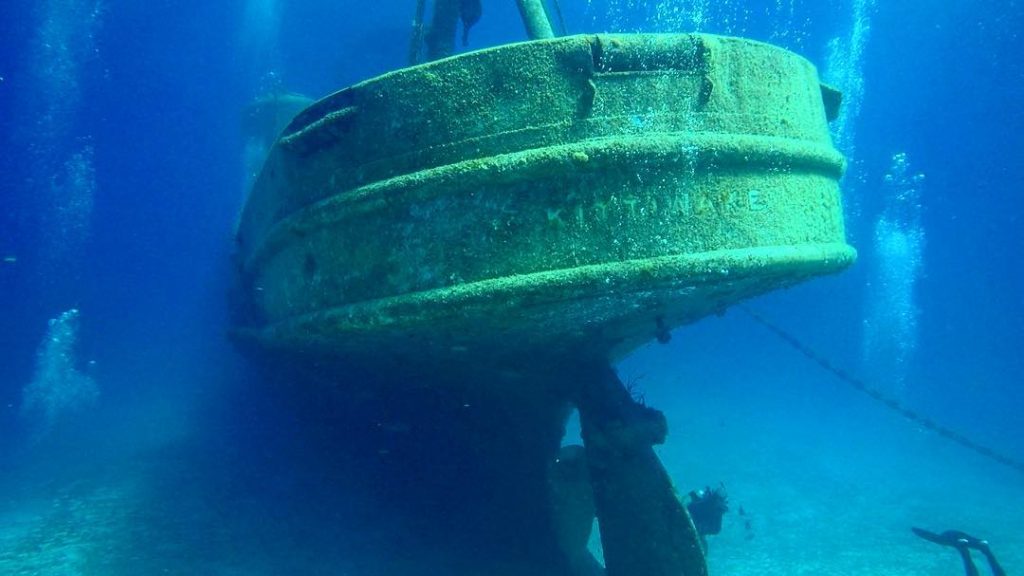
The USS Kittiwake was a submarine rescue and supply ship that participated in a number of clandestine missions. The boat was subsequently disassembled to make it suitable for diving before being deliberately sunk in the crystal blue seas of Grand Cayman in 2011. The 77m long wreck is in excellent condition, and keep a watch out for the water cannon, bathroom mirrors, and navigation and comms room while diving. Also, don’t forget to take a selfie while pretending to be the captain of the ship. Expect to encounter groupers, moray eels, eagle rays, and, if you’re lucky, manta rays among the aquatic life.
More Diving & Travelling Stories:
3 Rules of Scuba Diving Lessons For Beginners Not to Break
Sea Plane Wreck JAKE, Palau
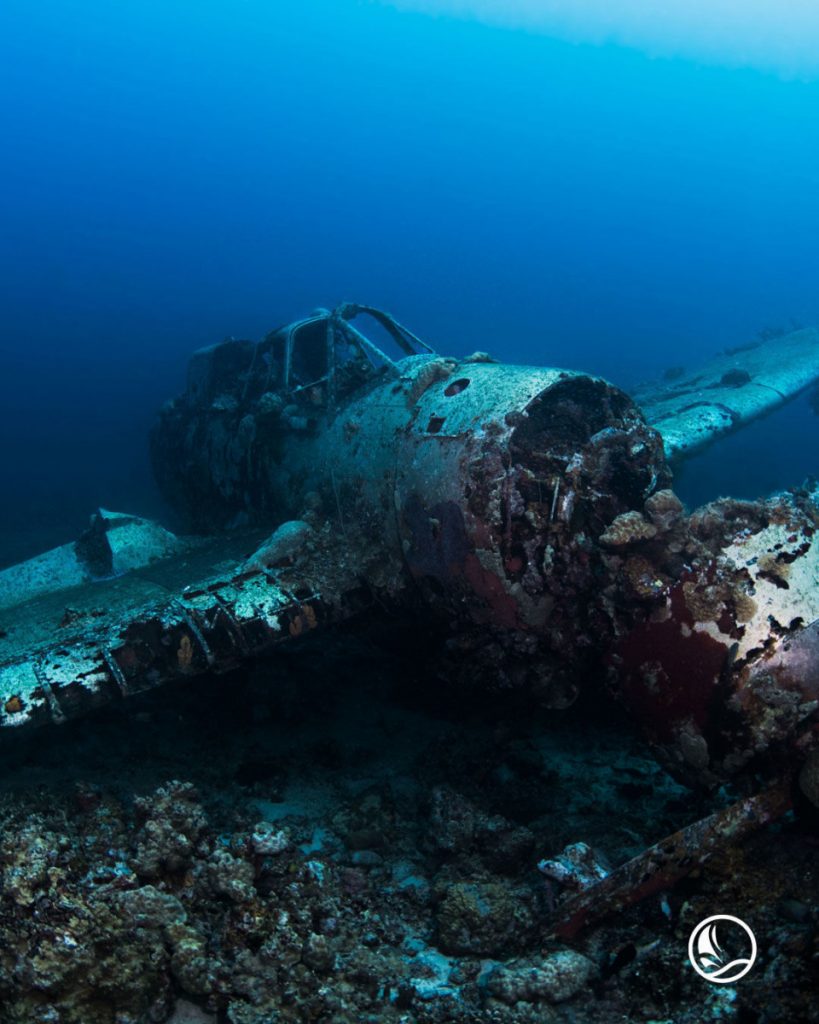
Unlike other shipwrecks that’s been mentioned, the JAKE was a WWII Japanese seaplane. The plane wreck’s history is unknown, however it was discovered near Palau in 1994. The plane is 12m long with a 14.5m wingspan and is in fair condition (albeit the tail and right portion have been ripped off). Because the plane is positioned on its side, divers can see the plane from all sides. The plane’s radio controls, ammunition, and even a small bomb can all be seen! You might be lucky enough to see enormous pufferfish, triggerfish, trevallies, and schools of glassfish in terms of marine life.